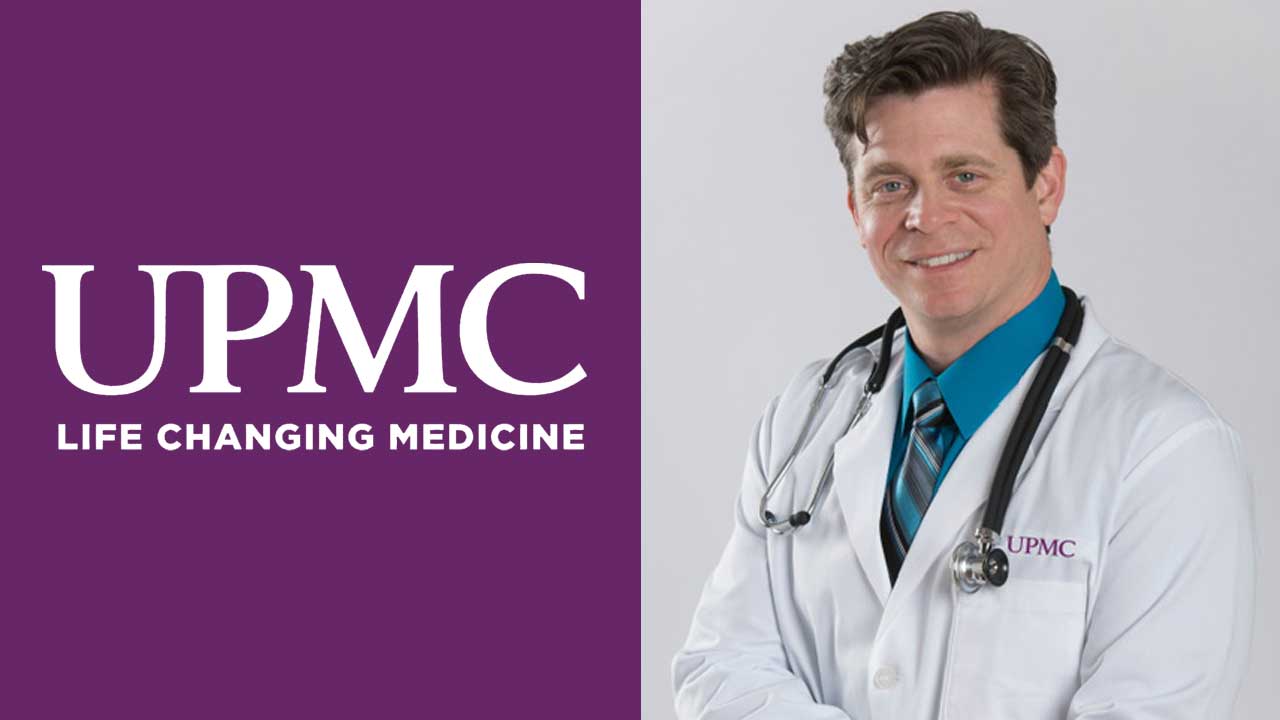Channels

Rotary

Rotary Conference

Laurel Health Centers

Penn Oak Realty

Movin Together

Bank On It

Dunhams Corner

By The Door

Questioning Life

Karschners Insurance

Ag Happenings

Back to Basics

Hornet Happenings

Live From The Hive

Momday Monday

Pennsylvania Politics

The Briefing

Weekly Highlights

Wellsboro Chamber

UPMC Doctor: TAVR – A Lifesaving Heart Valve Replacement Treatment
The aortic valve is the exit door of the heart and all of the oxygen-rich blood that keeps us alive is pumped through it. Without fail, this door bends open every time the heart beats, roughly 80 times per minute since the day we were born, and closes again as the heart refills. Unfortunately, for all of us this valve can wear out. To prevent the valve from failing, the body reinforces it with a cement-like substance that makes it very stiff so the opening through it very narrow. This is aortic stenosis.
When treating conditions of the heart, time matters. For individuals with a heart valve issue like stenosis, over time the heart muscle thickens to force blood through the tight, narrow opening. The pressure needed to fill this thickened heart creates congestion in the lungs which we experience as shortness of breath. As the valve worsens symptoms progress. The heart muscle itself can get damaged and signal us with chest pain. Adequate blood can be prevented from getting to the brain and cause us to pass out. Eventually this process leads to heart failure and, when untreated, death. The symptoms of aortic stenosis can include:
- Lack of energy
- Shortness of breath
- Chest pain (angina)
- Fainting (syncope)
- Heart failure
While you may just be attributing a lack of energy or shortness of breath to age, they could be early signs of a bigger problem. If you are experiencing these symptoms, it’s important that you talk to your health care provider.
Valve Replacement Surgery
Before valve replacement procedures were common, a diagnosis of a valve disease was often grim. With the advancements we’ve made in valve replacement surgeries over the years, we can now reverse the effects of aortic stenosis and extend both your life expectancy and, perhaps most importantly, your quality of life.
Replacing the faulty aortic valve with a new valve can return the heart to a normal size and relieve all of the symptoms the stenosis caused. Not too long ago, most patients with aortic stenosis would have had an open-chest procedure through the breastbone to have the heart valve replaced. While it saved many lives, such surgery can be taxing on the body.
Over the years we’ve developed new techniques, approaches, and technology to help reduce the trauma to the patient’s body. The incisions have become smaller and the breastbone rarely has to be opened. When considering treatment options especially for older individuals with intermediate to high risk of surgery, there is an even less traumatic option.
Transcatheter aortic valve replacement (TAVR), an innovative, minimally invasive procedure was developed to provide an option for high-risk patients. Due to careful research and its successes over the years, it is now an option for most people with this disease.
What is TAVR?
TAVR is performed by threading a new, collapsed heart valve mounted inside a metal stent across the old diseased aortic valve and expanding it. As new valve opens, it pushes aside the old one and starts to function immediately. We don’t have to stop the heart or open the chest; it’s usually done through a puncture or small incision in the groin as we watch on a live x-ray.
In most cases, the whole procedure lasts only 90 minutes and can be performed under sedation without general anesthesia. Many patients are discharged the following day and are usually back to normal activity within a week.
Because TAVR is a minimally invasive procedure, recovery times are often dramatically shorter. Patients spend less time in the hospital and are often back to normal activity without limitations. Many patients feel they have a new lease on life and go on to enjoy activities they didn’t think possible.
While the traditional minimally invasive valve replacement method is still considered safer and more durable for younger candidates, TAVR provides an option for treating aortic stenosis for most people with the disease.
Dr. Michael Lazar is a cardiothoracic surgeon and executive medical director of UPMC’s Heart & Vascular Institute in the Susquehanna region. He specializes in minimally invasive and robotic-assisted procedures, including coronary artery bypass, mitral valve repair, aortic valve replacement, tumor removal and lung resection. For more information, visit UPMCSusquehanna.org/heart.
Credits:
Writing: Michael Lazar, MD / Cardiothoracic Surgeon / UPMC
Produced by Vogt Media
Home Page Sponsors: UPMC






































